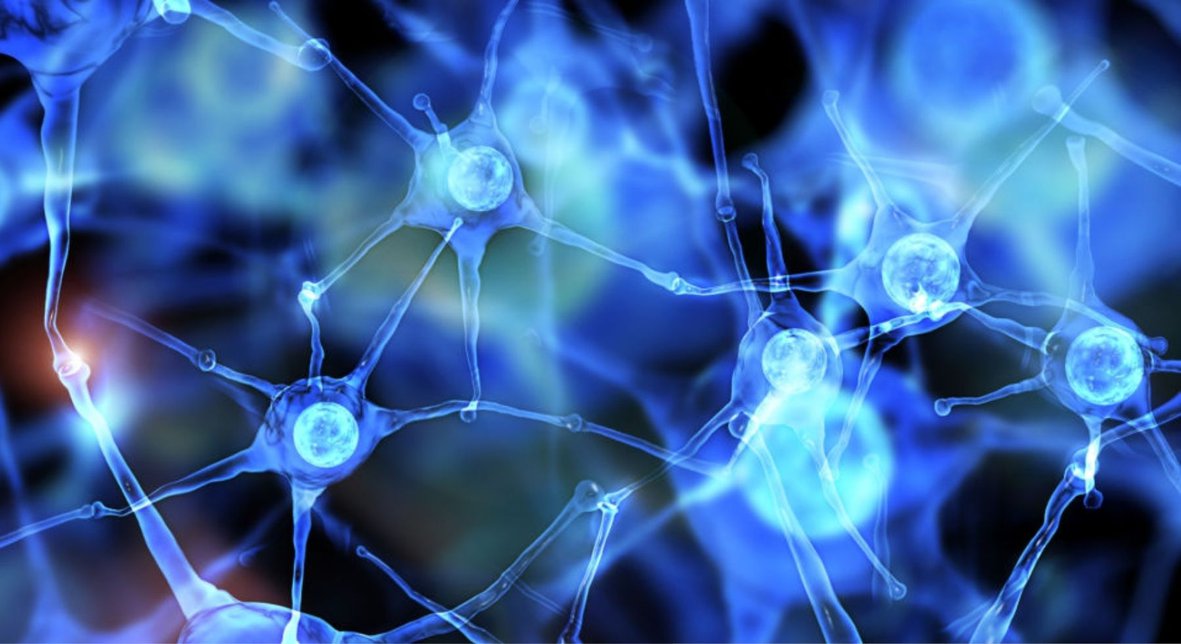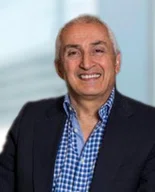
President’s Letter
2023 Metrics
Cycle of Translation
Visionary Gifts

Discovery to Clinic

Innovative Education

Translational Luminaries
Introduction
Jerold B. Katz Academy of Translational Research
Infectious Diseases Research Fund
Houston Methodist Dr. Mary and Ron Neal Cancer Center
Ann Kimball and John W. Johnson Center for Cellular Therapeutics at Houston Methodist
The Food & Health Alliance within the Houston Methodist Lynda K. and David M. Underwood Center for Digestive Disorders, Immunology Center and the Fondren Inflammation Collaborative
Houston Methodist Cockrell Center for Advanced Therapeutics
Paula and Joseph C. “Rusty” Walter III
Translational Research Initiative
COVID-19 Studies
Outcomes Research
Restorative Medicine
Houston Methodist Advances Research into Neural Prosthetics
Noninvasive Spinal Stimulation Works to Restore Movement After Spinal Cord Injury
An Innovative Approach to Treat Even the Most Stubborn-to-Heal Fractures
Cell Encapsulation May Hold the Key to Preventing Cell Transplant Rejection
Houston Methodist, Rice University, Baylor College of Medicine Design Noninvasive Tech to Help Remove Brain’s Metabolic Waste
Houston Methodist Investigators Nanotechnology Investigators Awarded Prestigious Grants from the Department of Defense
Precision Medicine
Cancer Cell Type (Seed) and Tumor Microenvironment (Soil) Control Therapeutic Antibody Delivery and Efficacy
Novel Drug Combination Can Target Triple-Negative Breast Cancer for Treatment
A Houston Methodist and Purdue University Breakthrough May Result in a More Effective Tuberculosis Vaccine
Importance of the Coronary Artery Calcium Score in Risk Assessment and Prevention of Atherosclerotic Cardiovascular Disease
New Virtual Intensive Care Unit Simultaneously Improves Patient Care and Bed Capacity
result
Introduction
Joint Weill Cornell–Houston Methodist Academic Institute Doctoral Program Welcomes its Inaugural Class
Visionary EnMed Program Soars to New Heights
Neural Control of Organ Degeneration and Regeneration (NeuralCODR) Training Program
Faculty and Research Development
Graduate Medical Education



Science in Service
of
Medicineresult
President's letter
2021 Metrics
Cycle of Translation
Visionary Gifts of Hope


Introduction

Ann Kimball and John W. Johnson Center for Cellular Therapeutics at Houston Methodist

Houston Methodist Dr. Mary and Ron Neal Cancer Center

The Food & Health Alliance within the Houston Methodist Lynda K. and David M. Underwood Center for Digestive Disorders, Immunology Center and the Fondren Inflammation Collaborative

Houston Methodist Cockrell Center for Advanced Therapeutics

Paula and Joseph C. “Rusty” Walter III Translational Research Initiative

Jerold B. Katz Academy of Translational Research

Infectious Diseases Research Fund

From Discovery to Clinic


What is "Discovery to Clinic"?

Restorative Medicine


Houston Methodist Advances Research into Neural Prosthetics

Noninvasive Spinal Stimulation Works to Restore Movement After Spinal Cord Injury

An Innovative Approach to Treat Even the Most Stubborn-to-Heal Fractures

Cell Encapsulation May Hold the Key to Preventing Cell Transplant Rejection

Houston Methodist, Rice University, Baylor College of Medicine Design Noninvasive Tech to Help Remove Brain’s Metabolic Waste

Houston Methodist Investigators Nanotechnology Investigators Awarded Prestigious Grants from the Department of Defense

Precision Medicine


Cancer Cell Type (Seed) and Tumor Microenvironment (Soil) Control Therapeutic Antibody Delivery and Efficacy

New Virtual Intensive Care Unit Simultaneously Improves Patient Care and Bed Capacity

Novel Drug Combination Can Target Triple-Negative Breast Cancer for Treatment

A Houston Methodist and Purdue University Breakthrough May Result in a More Effective Tuberculosis Vaccine

Importance of the Coronary Artery Calcium Score in Risk Assessment and Prevention of Atherosclerotic Cardiovascular Disease

Translational Luminaries

Houston Methodist Advances Research into Neural Prosthetics

To help restore loss of function due to strokes, spinal cord injuries or neurological disorders, the Houston Methodist and Rice Center for Translational Neural Prosthetics and Interfaces focuses on designing cutting-edge biomedical technologies through partnerships with Rice University.

Gavin W. Britz, MD

Behnaam Aazhang, PhD
“The center is an accelerator for discovery, a human laboratory where all of us—neurosurgeons, neuroengineers, neurobiologists—work together to solve biomedical problems in the brain and spinal cord,” said center Co-Director Gavin W. Britz, MD, the Candy and Tom Knudson Distinguished Centennial Chair in Neurosurgery at Houston Methodist. It’s a collaboration that can finally offer some hope and options for the millions of people worldwide who suffer from brain diseases and injuries.”
Collaborating with center Co-Director Behnaam Aazhang, PhD, Rice’s J.S. Abercrombie Professor of Electrical and Computer Engineering, and Taiyun Chi, PhD, assistant professor of electrical and computer engineering at Rice, Britz is investigating the use of therapeutic electrical stimulation of nerve cells based on multimodal cellular physiological data to treat mild traumatic brain injuries, a project of particular interest to the U.S. Department of Defense.
Houston Methodist neurobiologist Philip J. Horner, PhD, describes the center as “a merging of wetware with hardware,” where robotics, computers, electronic arrays and other technology (the hardware) is being incorporated into the human brain or spinal cord (the wetware).
A step in that direction is a collaborative project between Houston Methodist’s Dimitry Sayenko, MD, PhD, assistant professor of neurosurgery, and Marcia O’Malley, Rice’s Thomas Michael Panos Family Professor. Their investigations aim at jumpstarting the spinal cord after injury by pairing noninvasive spinal stimulation with an upper-limb exoskeleton, a project funded by the Craig H. Neilsen Foundation. Sayenko also received funding from the National Institutes of Health in December 2021 based on his preliminary work in transcutaneous and epidural spinal stimulation to restore movements that were lost due to spinal cord damage.
In addition, Amir Faraji, MD, PhD, assistant professor of neurosurgery at Houston Methodist, is spearheading two other projects, one investigating how external electric fields can be used to move fluid through brain tissue, and the other evaluating the integration of peripheral nerve-computer interfaces with topological control to restore function in stroke or spinal cord injury.
“Both of these projects integrate significant engineering and translational neuroscience with the goal of establishing new therapeutic technologies for patient care,” said Faraji.
Once the center is completed, it will be located in Houston Methodist’s Outpatient Center and will include procedure and exam rooms, an upper extremity therapy room and a mobility training lab. This human laboratory will serve as the testing site for devices developed in partnership with Rice engineers working in Rice’s BioScience Research Collaborative. In addition, this space will be staffed by research-focused physical and occupational therapists, who offer valuable and unique therapeutic perspective to device design and their therapeutic effects. The centerpiece will be a zero-gravity harness connected to a walking track with cameras and sensors. The center’s grand opening is scheduled for early 2023.
More from Discovery to Clinic











